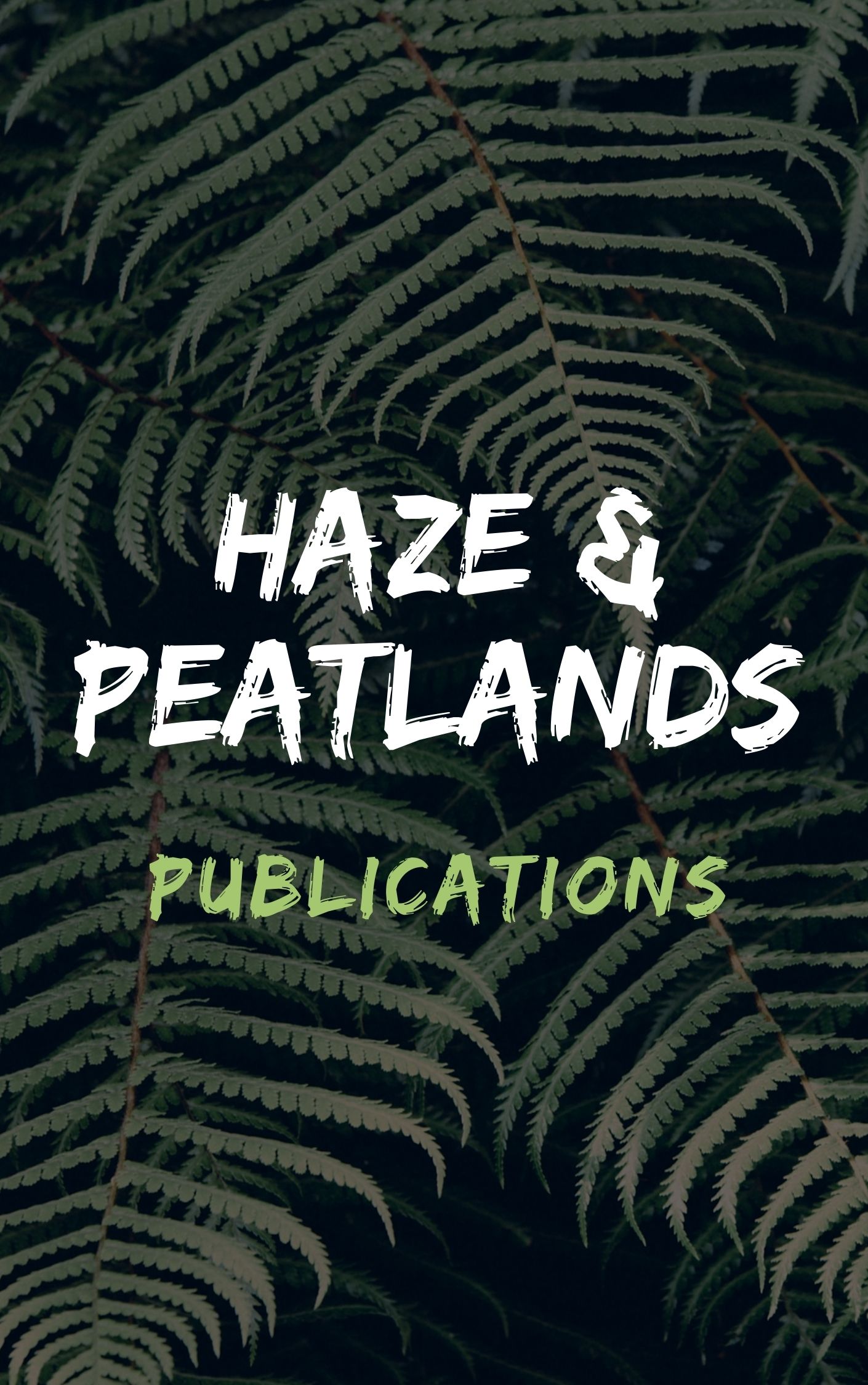This study applies Parag and Janda's 'middle-out' analytical perspective as a complementing alternative to the dichotomous options of top-down vs. bottom-up strategies of environmental management. It further develops the framework by applying it to a new context of land management and environmental change. Using a case study approach, we explore influences from middle actors, utilizing qualitative empirical evidence and incorporating responses across 25 households and 11 key actors in one Central Kalimantan, Indonesia village. We demonstrate middle actors' unique capabilities and their criticality to affect change due to their influence across various levels of decision-making and commons governance. We posit that existing frameworks may misidentify the 'bottom' and 'middle,' raising questions about traditional development and livelihood discourse, strategies, and support. Recommendations include that current policy preconceptions be reevaluated to engage middle actors in locally adapted, integrative manners to improve governance and rural development.
View source

